Turkey’s second most popular tourist destination is the Ephesus region and surroundings. Millions of land and sea tourists visit the Ephesus region to take advantage of what it has to offer, thanks to the historic city of Ephesus and the House of the Virgin Mary. Ephesus is highly accessible even for a day trip from Istanbul, being only an hour’s drive from the Izmir Adnan Menderes Airport and 25 minutes from the Kusadasi port, respectively. Along with the major travel operators, cruise lines, in particular, include Ephesus in their itineraries to Greek islands and bring thousands of visitors each year. Even though millions of people visit the area each year, I have some recommendations to help you avoid the crowds so you may more easily and pleasantly explore the area, especially in the old city of Ephesus and other nearby tourist destinations. The top 7 list of attractions to do in Ephesus is provided below. So, hurry! Please apply for a turkey visa online from our website now.
Explore the ancient city of Ephesus
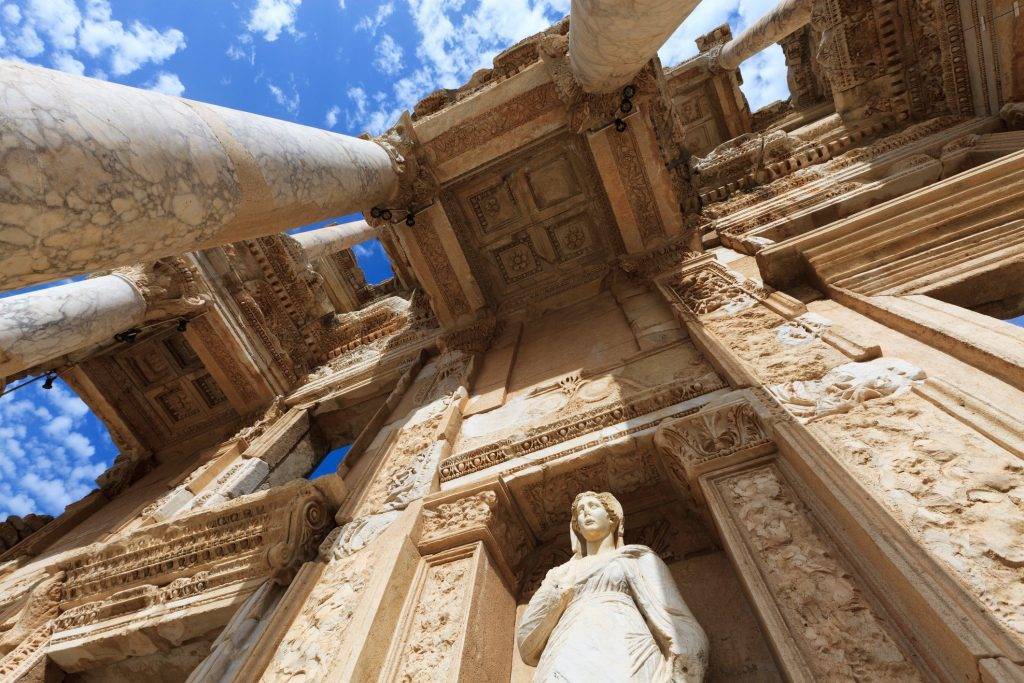
But it was coming from the other side. There are two main gates in Ephesus’s ancient city and nearly all of the large tour buses that hurry to the Virgin Mary’s home in the morning escape through one of them. Buy tickets and enter the ancient city at the exact at 8:00 am. It is strongly advised that you arrive at the lower gate of Ephesus at 7:50 sharp. Don’t forget to get tickets for the Terrace Houses area, which also features stunning mosaics from Ephesus’ affluent class. Start on the port street, then proceed to the Ephesus Theater before crossing the harbour agora. Explore the Library of Celsus and the nearby gates leading to the harbour agora while keeping an eye out for the world’s first advertisement in the centre of this marble street. The Terrace Houses are close to the library, and you can skip the line by purchasing advance tickets. Before reaching the latrines (toilets) just across the entrance to the terrace buildings, take aerial photographs of the marshes that extend to the Aegean Sea and half of the ancient city. Before arriving at the Gate of Hercules, proceed up the marble street and take shots of the Trajan Fountain and the Temple of Hadrian. Before seeing the city Agora and the Odeon, take pictures like the other tourists amid the gate and the Domitian holy shrine. Before going to the House of the Virgin Mary, pause in the museum shop to refuel.
See the Terrace Houses
The complex of terrace houses was founded in 1962 and has since become the crown jewel of the whole historic city. It represents the luxurious lifestyles of the wealthy in ancient Ephesus. All of the floors are covered in mosaics, and the walls are painted to reflect the artistic taste of Ephesus’ wealthy citizens. Rich homemakers in Ephesians could shop at upscale boutiques below terrace houses because the wealthy had a street divided from the lower class by several columns. The region’s vibrant marbles may be seen on the walls and floors of homes, and the Austrian Archaeological Institute interns are still working to solve the world’s largest riddle. Don’t forget to visit the restrooms just across the building when your tour of the Terrace Houses is through. This is where the wealthy sent their slaves to warm up the marble before they relaxed.
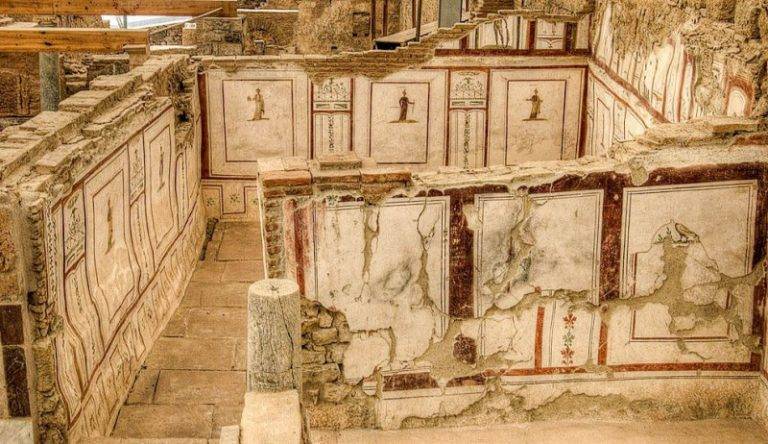
Visit the House of The Virgin Mary
On top of Bulbul Mountain, 4 kilometres away, with views of Ephesus, Selcuk, and the Aegean Sea, is the Virgin Mary’s residence. The shrine was found by priests from the nearby city of Izmir who were motivated by the book of Clemens Brentano, who met with Anne Catherine and published her visions thanks to the prophecies of Anne Catherine Emmerich. The shrine gained national attention after Pope Leo XIII visited it in 1896. Christians believed that Mary, the mother of Jesus, was carried here by Saint John the Evangelist and spent her entire life there until her dormition or assumption sanctified it as a place of worship. In 2006, Pope Benedict XVI also paid a visit to the shrine, adding to its growing popularity worldwide. Since The Virgin Mary is mentioned in the Holy Quran, the shrine is now significant to Christians and Muslims. If you visit about lunchtime because buses swarm the shrine in the morning, you can avoid the crowds.
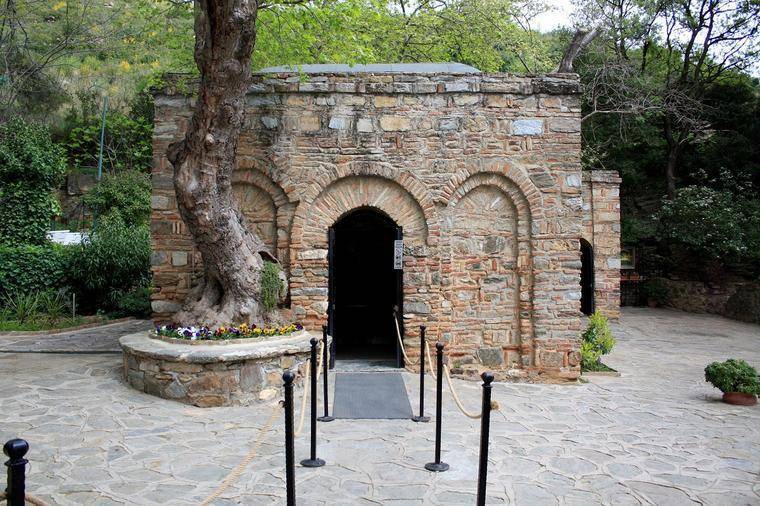
Visit the Selcuk Museum
When exploring the Ephesus region, you pass through Selcuk, where a recently renovated archaeology museum displays most of the artefacts discovered during Ephesus excavations since the 1860s. The British Museum and Vienna also include exhibits of Ephesus artefacts. Still, it is recommended that you visit the Museum of Selcuk on the same day as the ruins to complete your trip to Ephesus. Additionally, you can learn in-depth details about the Anatolian Mother God Cult, which predated the arrival of the holy religions and was immensely powerful in Anatolia. The Artemis marble statues are incredible, along with the numerous discoveries of the extensive ancient cities and more than a century of excavations. After cooling up in the museum’s total air conditioning, walk to the Turkish Bath behind the museum.
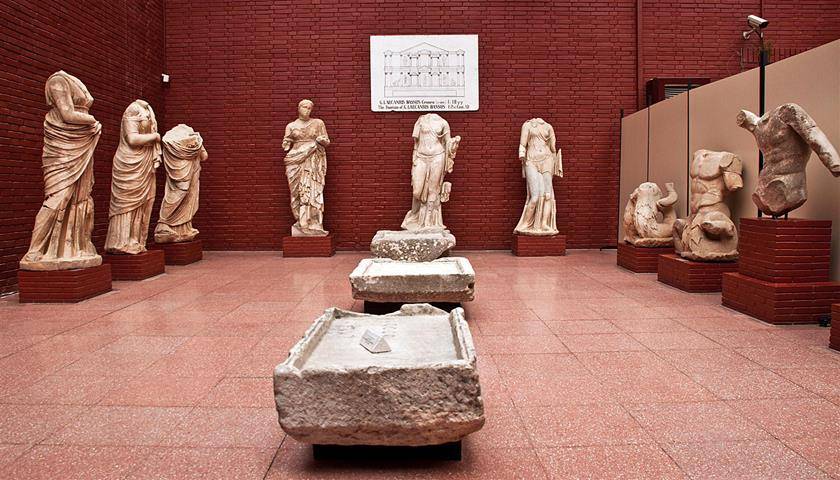
See the Cathedral of Saint John
Saint John the Baptist stayed in the region and continued to spread the teachings of Jesus Christ after bringing the mother of Jesus to Ephesus. Selcuk town, a cathedral, was built in his honour by the castle, and he was put to rest there. From the terraces of the Cathedral, you can see the Ephesus plains and how they looked in Roman and Hellenistic times. The plains extend down to the Aegean Sea. It is now around 8 kilometres away from the Ephesus that we see today, which was situated on the water. It is advised to stroll down to the Isabey Mosque, which is close to the Cathedral and provides attractive photo opportunities of the Selcuk Castle.
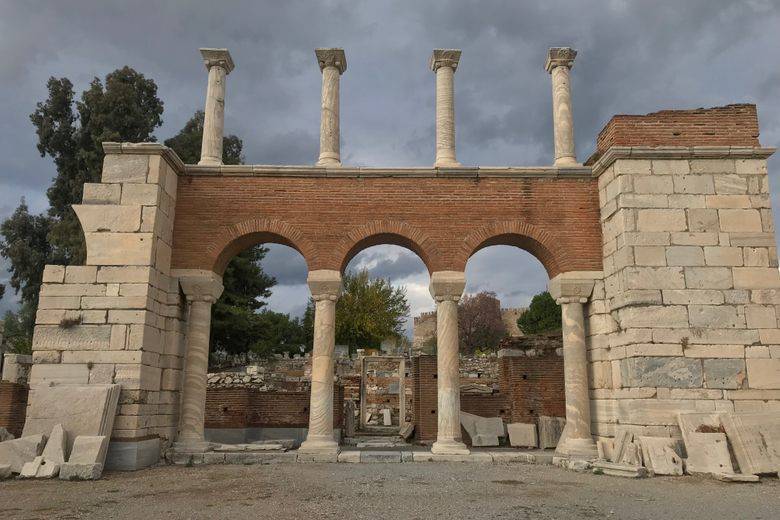
Picture the Temple of Artemis
Today, there are seven natural wonders, two of which are in Turkey. One is the Mausoleum of Halicarnassus in Bodrum, while the other is the nearby Temple of Artemis. It was 115 metres long, 46 metres broad, and had two rows of 13-meter-tall columns. It was a stunning building and represented the Ephesians’ devotion to their patron goddess Artemis. Herostratus set fire to the temple’s wooden roof in 356 to gain fame, but his name was forbidden after his execution in Ephesus. The phrase “herostratic fame” was eventually coined in Theopompus’s honour. Today, just one column can be seen, but when you consider that the temple once had more than 127 columns, you can get an idea of the magnitude of the massive building. An image of the Temple of Artemis taken from the west shows the Selcuk Castle, Isabey Mosque, and Cathedral of Saint John hiding behind its lone column.
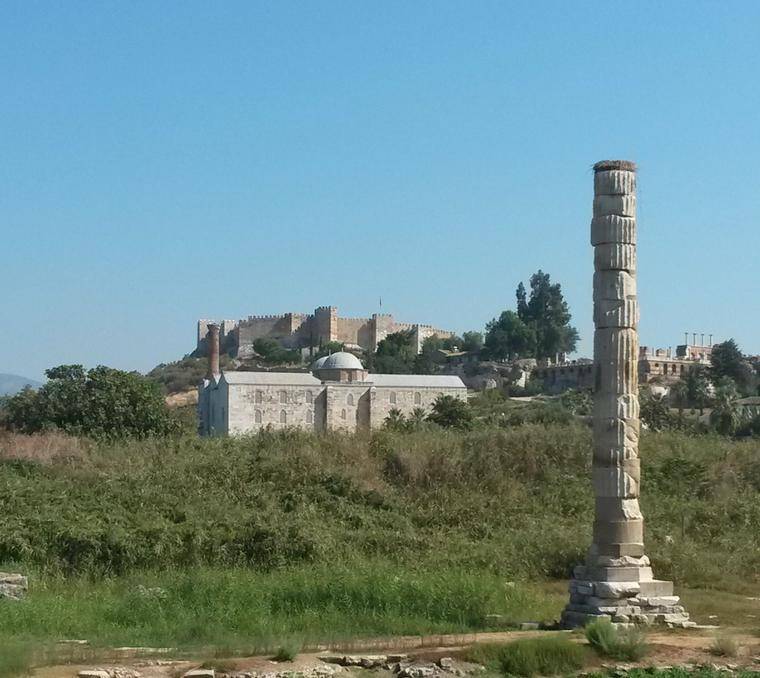
See the Isabey Mosque
The Isabey Mosque, built in the 14th century, is a superb illustration of Turkish Anatolian Beylik architecture. Since the mosque resembles the Great Mosque of Damascus, it is clear that the Turkish architects were inspired by Syrian architecture. The majority of the mosque’s stones were reused from nearby ruins. I had two minarets in the past, but today just one is visible, right over the mosque’s entrance. Because of the asymmetrical design, the domes have various diameters. The crowns have lovely tiles, and the garden blooms beautifully in the spring and summer. Park your car close to the Cathedral and spend a pleasant afternoon exploring the mosque and the Selcuk Museum on the walk.
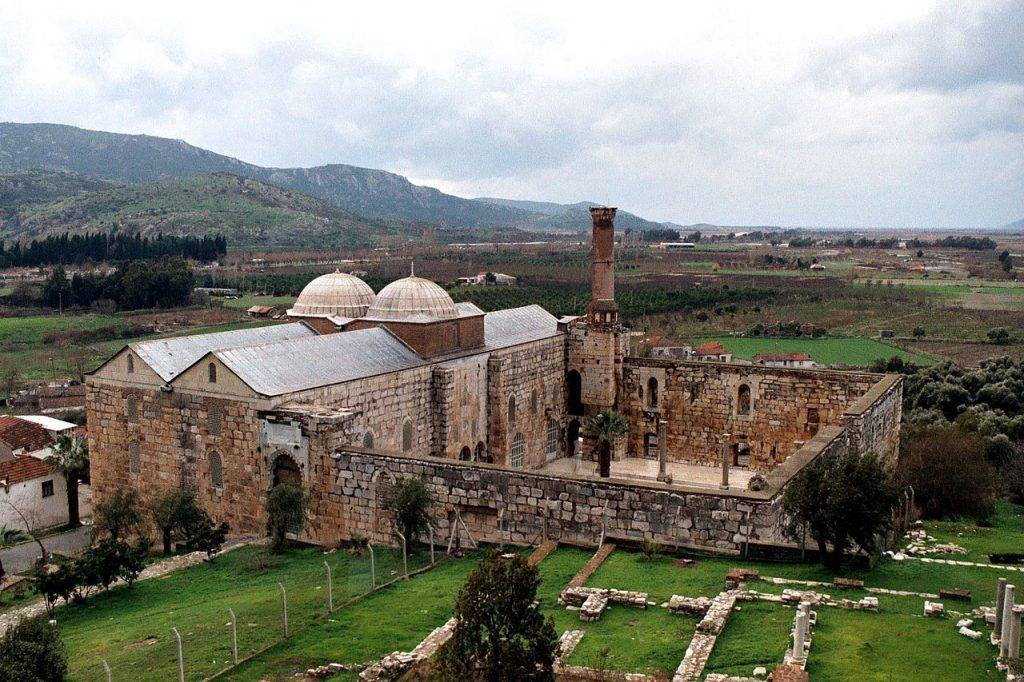
We have applied for many turkey e visas for tourists since we want you to enjoy your stay in Turkey and have a fantastic trip.
